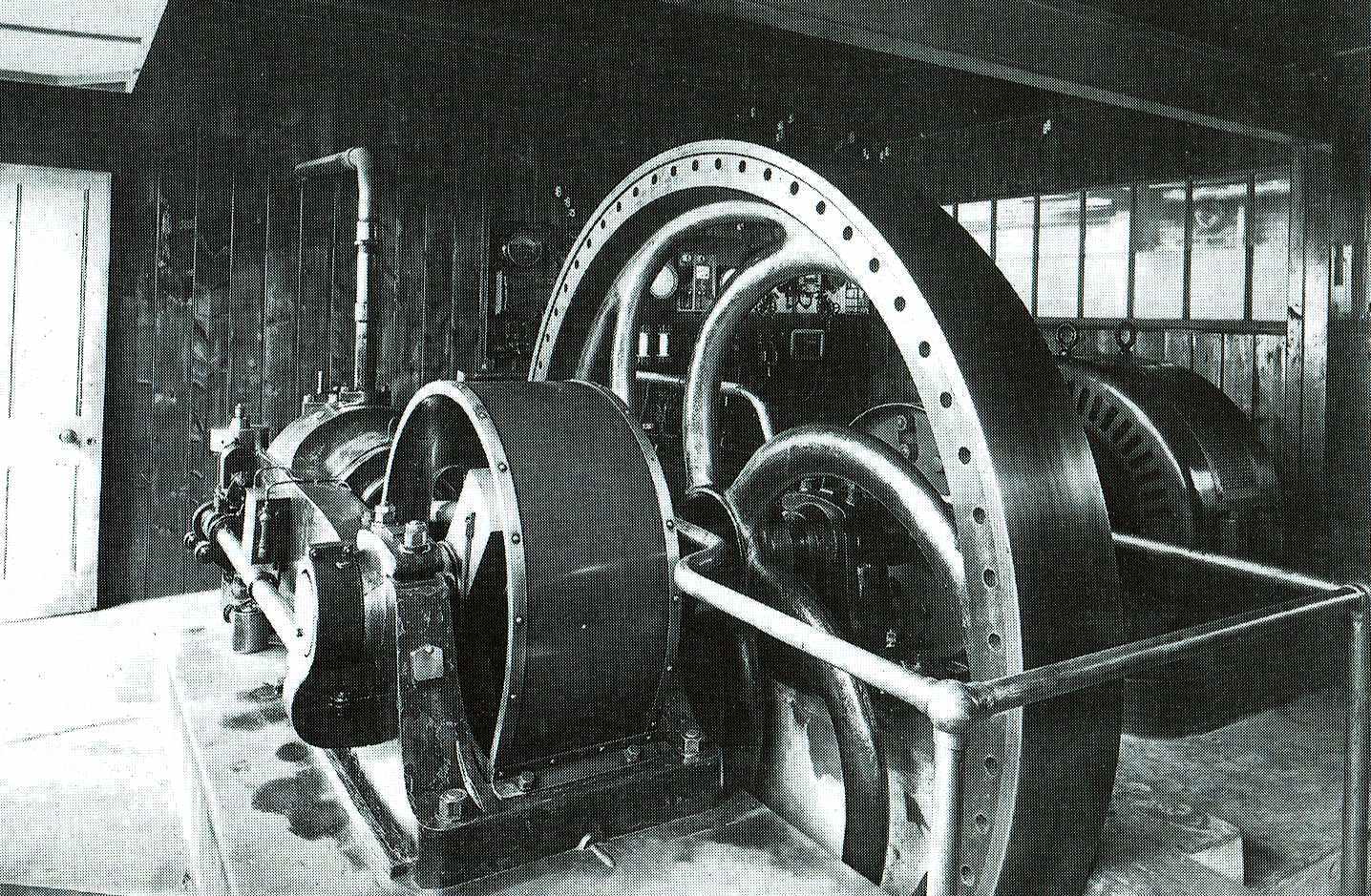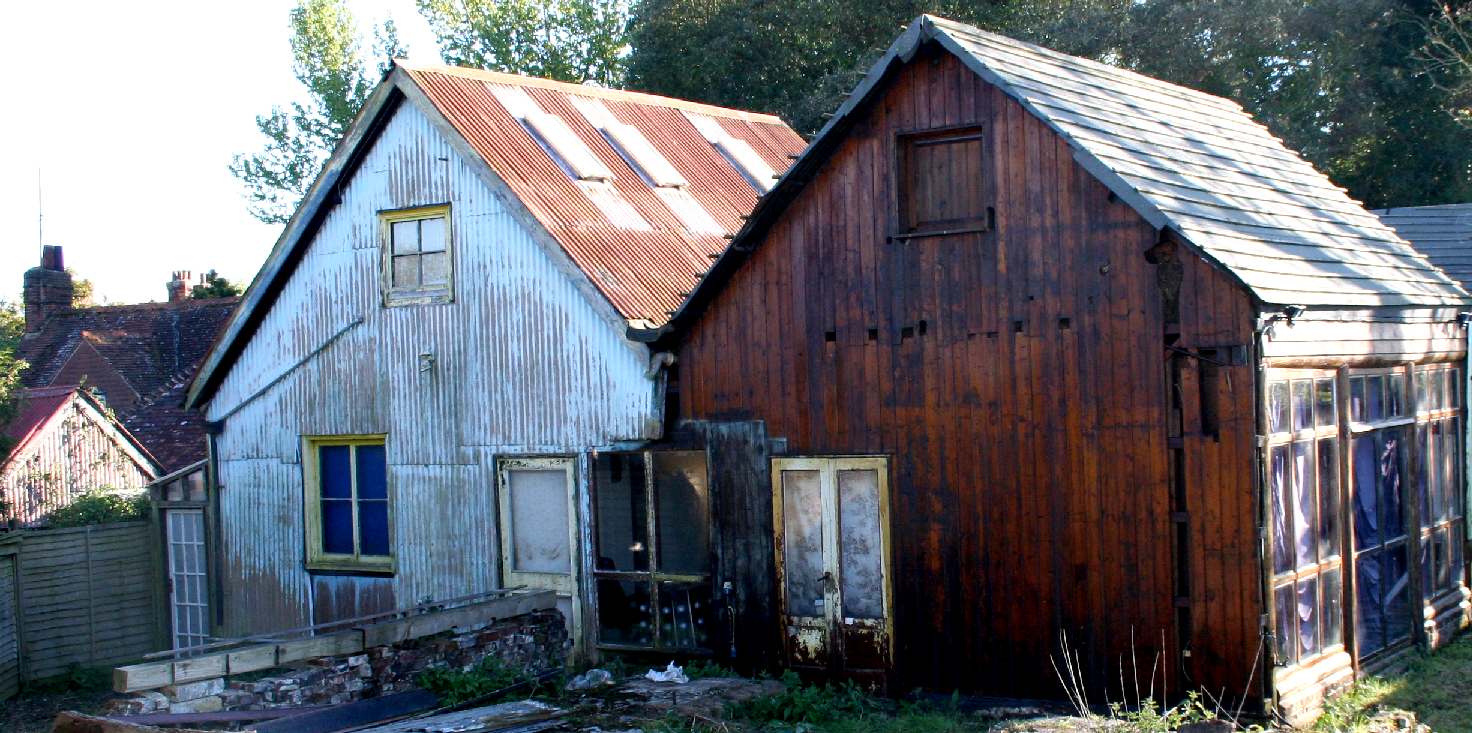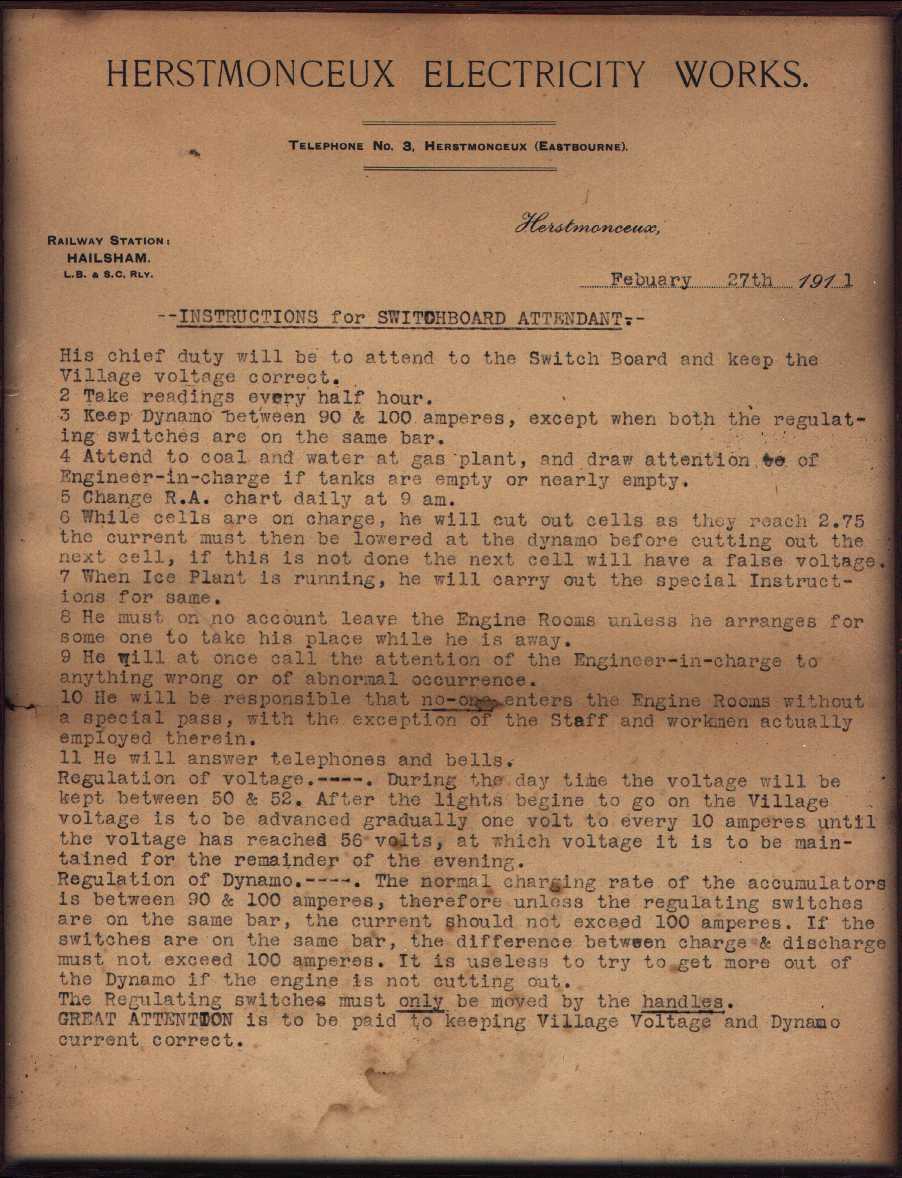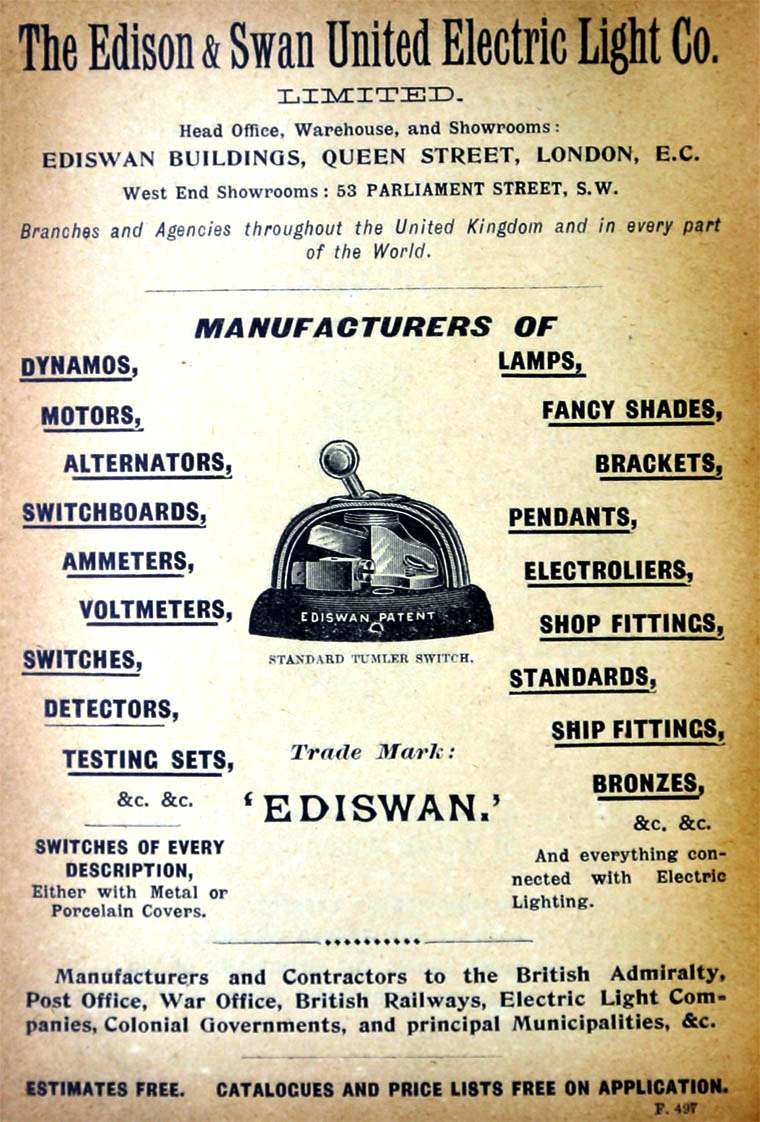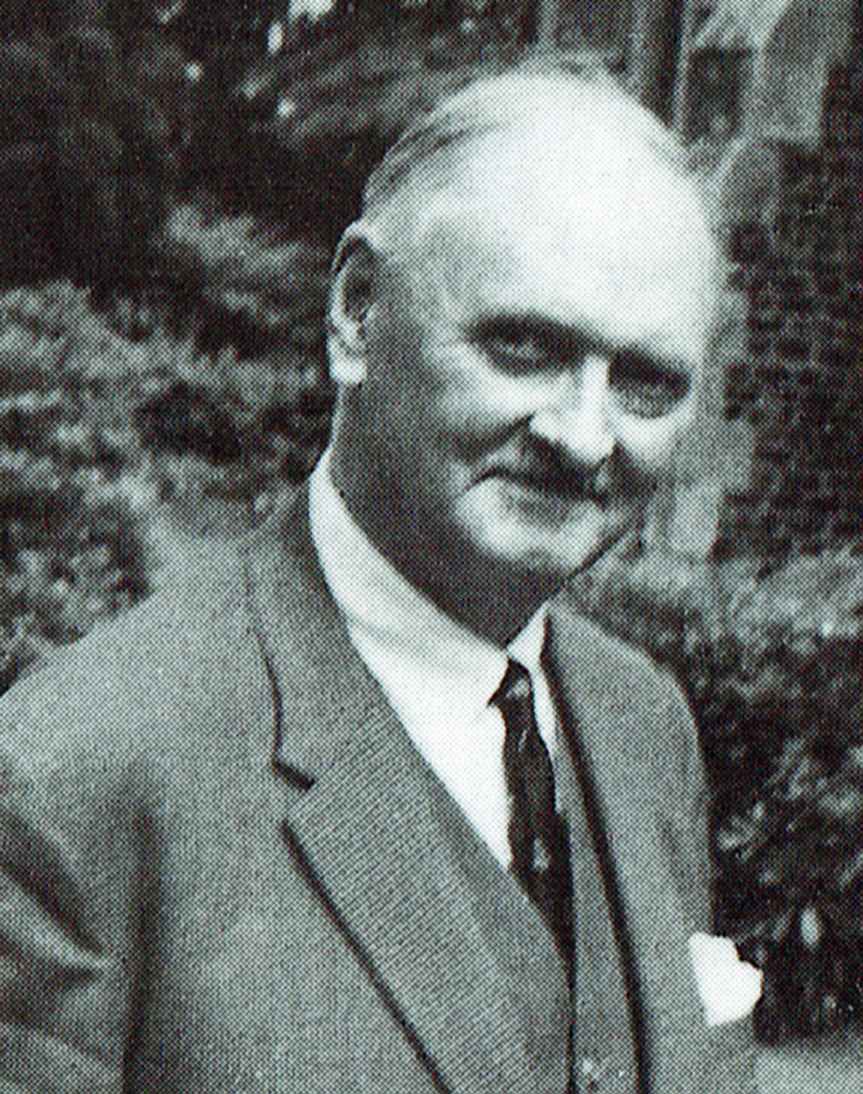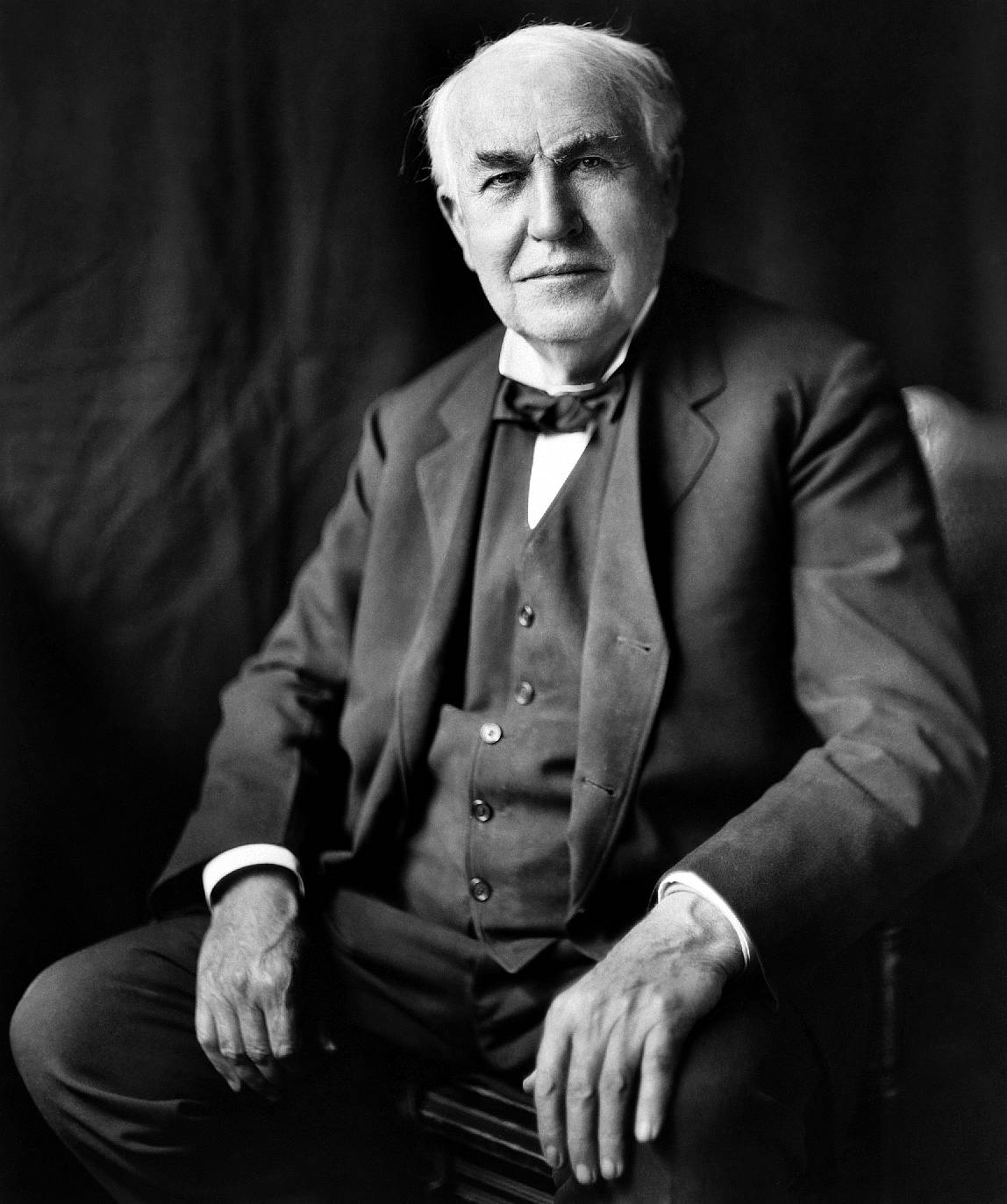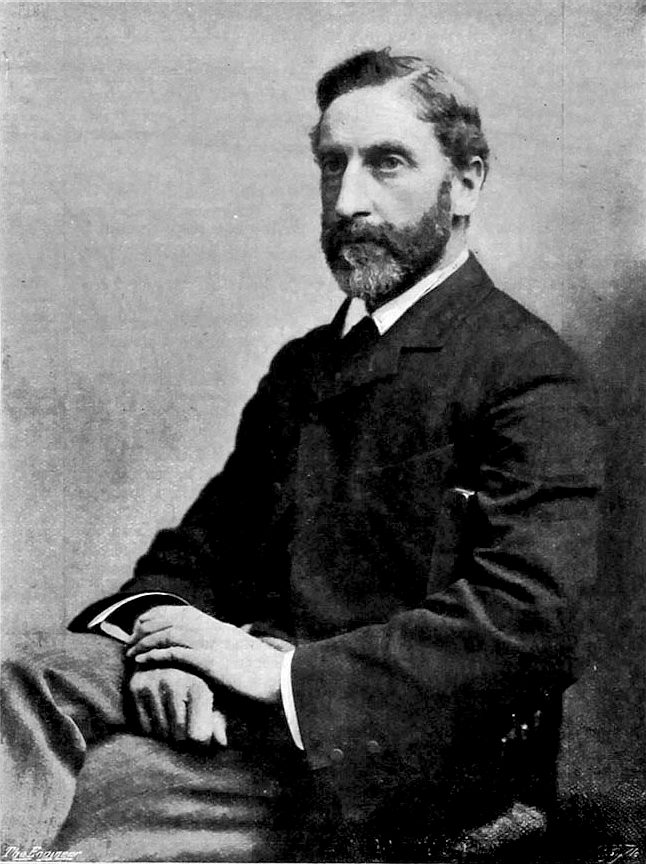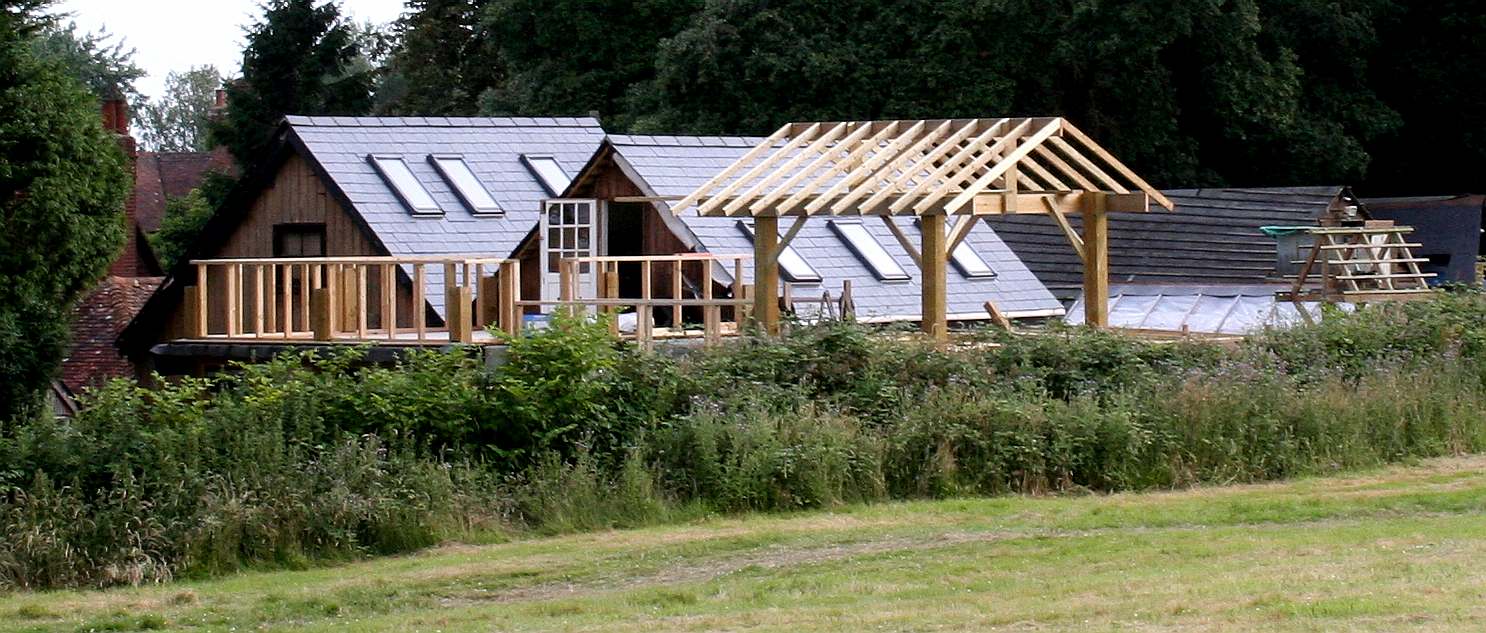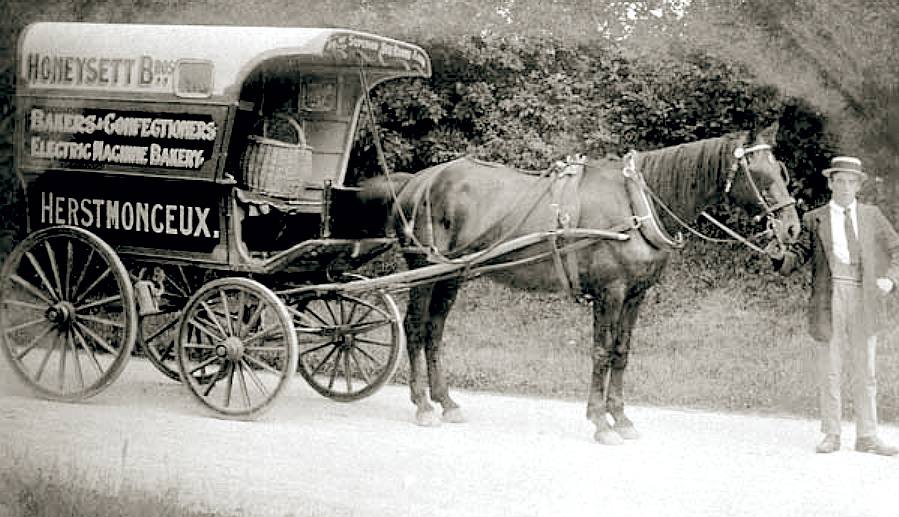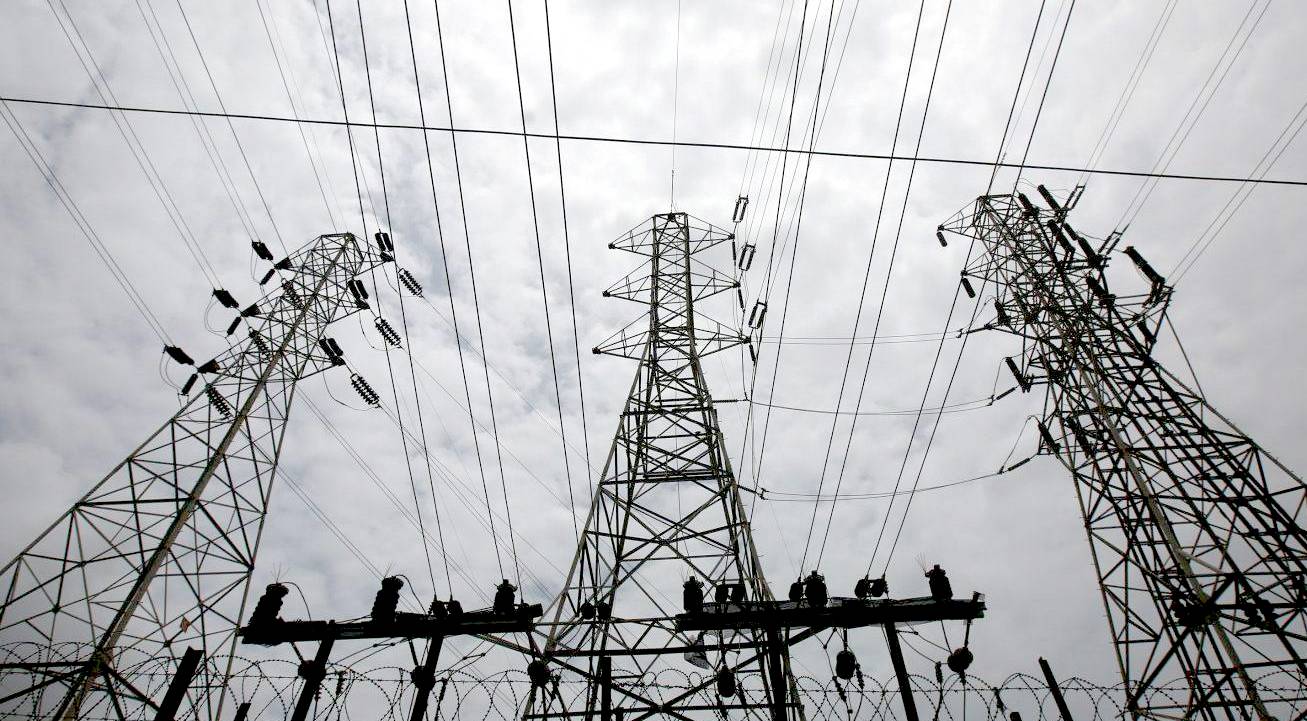|
THE MODERN AGE OF ELECTRICITY
Please use our A-Z INDEX to navigate this site where page links may lead to other sites, or see HOME
|
||
HERSTMONCEUX - A little known backwater in Sussex, England, where an entrepreneur named Charles de Roemer built a generating station on his estate at Lime Park. He then proceeded to install a battery bank to store electricity, as one of the earliest known examples of load-levelling. Incredibly, this little wooden building survives today, despite the efforts of the local authority to deny the history, so preventing any beneficial use for many years, putting the fabric of the building at risk. Until English Heritage placed the building on a Monument At Risk Register in about 1999-2000. In 1981 the building almost fell over, as several internal partitions suffered as slate damp proof courses were undermined by flora intrusion - saved with emergency shoring up by a local conservationist.
ABOUT NATIONAL TRANSMISSION LINE GRID NETWORKS
The electricity generating and power transmission industry owes a lot to the likes of Thomas Edison, Samuel Insull (in the USA), Joseph Swan, Charles de Roemer and John Hopkinson in the UK. Mostly, electricity transmission is 220-240 AC (residential) volts all over the world, except the USA, Canada where it is 110v. Three-phase is typically 380-400 volts. Coincidentally, the same voltage for most modern electric vehicles, except for DC.
MAY 2012 - Following an epic legal and planning battle, that lasted from 1981 until 2017, before entering a cold-war stage, and is still the subject of long overdue data corrections, this is what the generating buildings looked like about ten years ago. All the while local politicians and planning civil servants played down the importance of preserving archaeological evidence, these important remains, evidence of the coming of the age of electricity, were virtually derelict, hardly appealing to the eye or historians as a time capsule, of a bygone age. It was just lucky that during World War Two, Charles de Roemer and others in Lime Park, had covered the original timber buildings in corrugated iron as protection from bombing raids. It is thought that this covering helped to preserve the wooden frame and match-boarding. Mr de Roemer also installed a concrete bomb shelter, built into a hillside, as part of his preparations during hostilities - no doubt using his experience in the Royal Field Artillery and Air Force, to make sure that his beloved electrical enterprise remained.
ELECTRICITY GENERATION
HISTORY
The Scottish physicist James Clerk Maxwell developed his mathematical electromagnetic theory from 1855 onward, further developed by John Hopkinson.
HERSTMONCEUX 1911 - Charles de Roemer was a mover and shaker at the turn of the century, over 120 years ago, when he installed a small building on his estate, to provide electricity for his manor house in Lime Park. Some years later, by 1909, he expanded his generating works with a battery store, coal bunker and gas producing plant, to provide electricity under a field, to the village, where in 1913 he was giving cooking demonstrations using electricity.
Enter Thomas Edison and Joseph Swan with their electric light bulbs in the 1880s and small generators in basements for wealthy homes, necessary because there was no grid supply at the time.
J. P Morgan funded Pearl Street, in New York and Edison's underground copper cables to create the first power supply grid, heralding the birth of the power supply industry.
Insull achieved economies of scale for larger more efficient generators made by General Electric. He also used high-voltage power lines to supply the suburbs and countryside by
1903, much to the surprise of farmers, who wondered at the safety of such
installations.
That model spread all over the civilised world with coal and oils as the fuels that choked the planet with town smogs, to give us acid rain and global warming. Taking us to the very brink of extinction, if we do nothing to prevent it.
And so we are looking for clean air solutions to keep on enjoying electricity for modern living and make our blue home a better place to live.
SWITCHES & BULBS - As you can see this Edison & Swan United Electric Light Co., were manufacturers and contractors to the British Admiralty, Post Office, War Office, British Railways, Electric Light Companies, Colonial Governments and principal Municipalities.
|
||
|
CHARLES
de ROEMER - was an Etonian. He served in the Royal Field Artillery 31st Division, as a Second Lieutenant and Royal Air Force as a Captain, then Major. Apart from his interest in electricity generation and flying he was also a Justice of the Peace and member of the London Area Committee of the National Fitness Council. He died on the 14th of April 1963. He married Audrey Margaret Liddell on the 21st of November 1917. Audrey de Roemer was the daughter of Charles Lyon Liddel (1861) and Margaret Emily Gresham
Leveson-Gower (1862). |
THOMAS ALVA EDISON - Caught up in a legal tussle with Joseph Swan, whose light bulb patent preceded the American entrepreneur. A High Court judge ordered Edison and Swan to work together for the good of advancing the technology. From that point on the two inventive adversaries formed the Edison Swan Lighting Company.
The old generating building still extant at Herstmonceux in Sussex, used these 'Ediswan' switches and light bulbs. Many of which have been preserved as important historical artefacts, dug up on site, and some still in situ in 1981. |
DR. JOHN HOPKINSON - was born in
Manchester city on 27th July 1849. His school days were spent at Lindow Grove School near Manchester, and Queenwood College, Hampshire. |
MODERN OBSTACLES TO CLEAN POWER
But with electricity generation from wind turbines and solar panels being nature dependent, and out of kilt with people consumption, we again need to crack the storage problem, with hydrogen gas and fuels cells, and lithium batteries providing possible solutions, where Planté's lead-acid batteries are well and truly out of the frame, as they were used in the earliest installations, only one of which survives as an intact building, in the whole world, just outside a little village in Sussex, England: Herstmonceux.
SUMMER 2018 - The local authority (Wealden) having finally relented, the generating buildings were recognised as being important locally, East Sussex County Council officially recorded the monument, by updating the County archives. The only working well in the village of Herstmonceux, is seen on the right. Restoration works continue in 2022. This building was home to the Cleaner Ocean Foundation until 2021, with thanks to Lime Park Heritage Trust. Those who believe in lay lines and such things, might wonder that where early electricity generation was based at this geographical location, that the SmartNet™ concept was born here in 1991, only now being developed further, as climate change is forcing the world to re-evaluate the wisdom of continuing to use fossil fuels. Wood is a natural carbon lock. We should grow more trees and build more timber homes. This valuable heritage asset has no beneficial use to generate an income for ongoing maintenance, etc.
ELECTRIC BAKERY - The earliest surviving generating station, dating from C. 1900, with battery based load levelling as the core technology, coupled to a 110 volt DC generator, is in the little village of Herstmonceux, Sussex.
Many of the companies below are now focused on the potential for supply of electricity for electric vehicles, with other concerns also considering policy review.
Duke Energy Corporation, DUK, N. Carolina, USA Dominion Energy Inc., Richmond, Virginia Exelon Corporation EXC, Chicago, USA KEPCO Korean Electric Power Corporation National Electric Grid & Central Electricity Authority (India) National Energy Board (Canada) National Grid plc (formerly Central Electricity Generating Board UK) Next
Era Energy Inc. Florida, USA Southern Company, Atlanta, Alabama, Georgia, Mississippi, USA State Grid Corporation of China TEPCO Tokyo Electric Power Company
NETWORK GRID CONTACTS
...
LINKS & REFERENCE
https://
INFRASTRUCTURE INSECURITY - There is an abundance of clean, renewable, wind and solar energy that can produce green hydrogen and electricity to charge vehicle batteries, by the bucket load. But even so there is no transport infrastructure to support rapid energy exchanges for electric vehicles, or smooth the supply of power for our grids.
Please use our A-Z INDEX to navigate this site
|
||
|
This website is provided on a free basis as a public information service. copyright © Climate Change Trust 2023. Solar Studios, BN271RF, United Kingdom.
|
||
